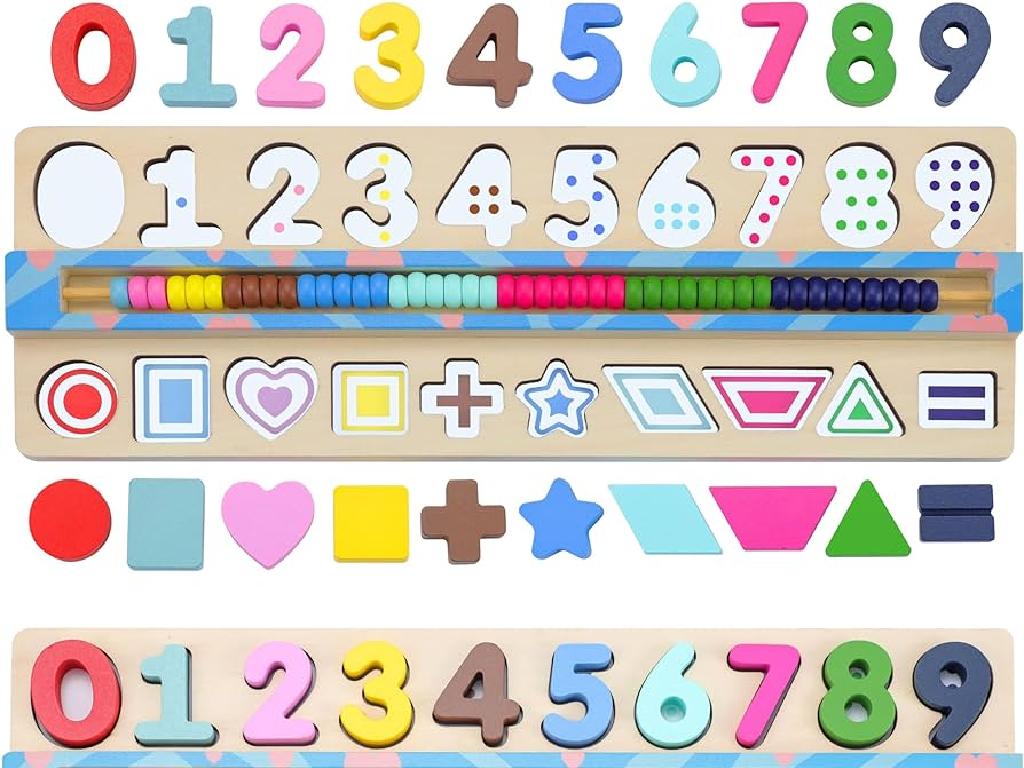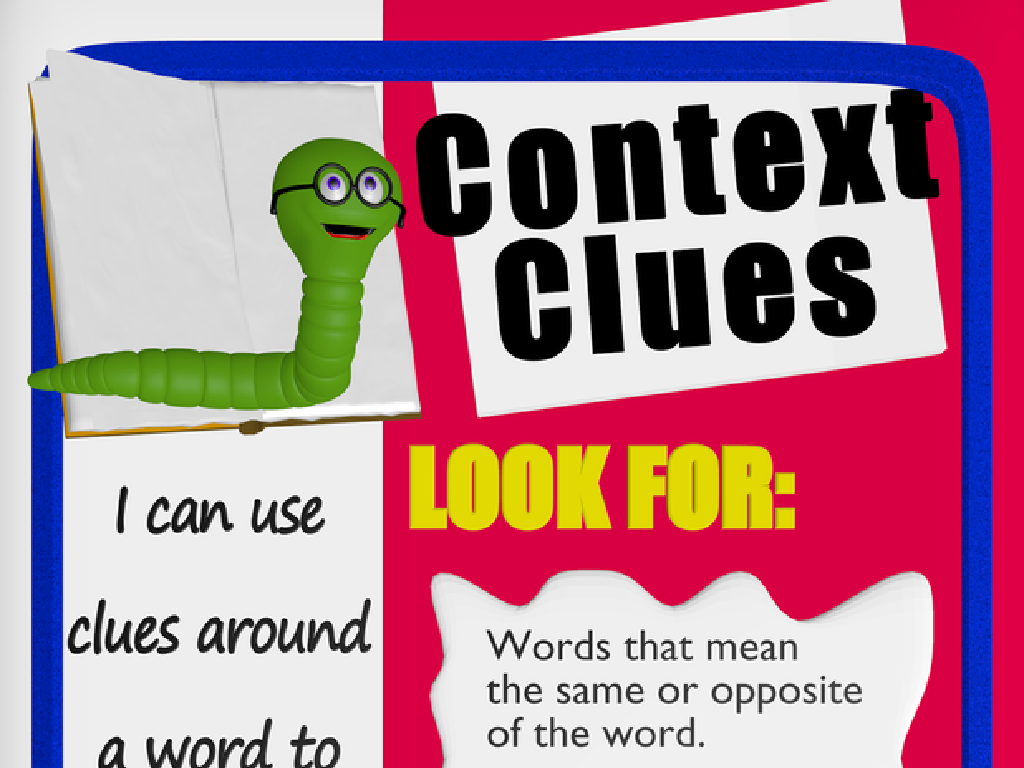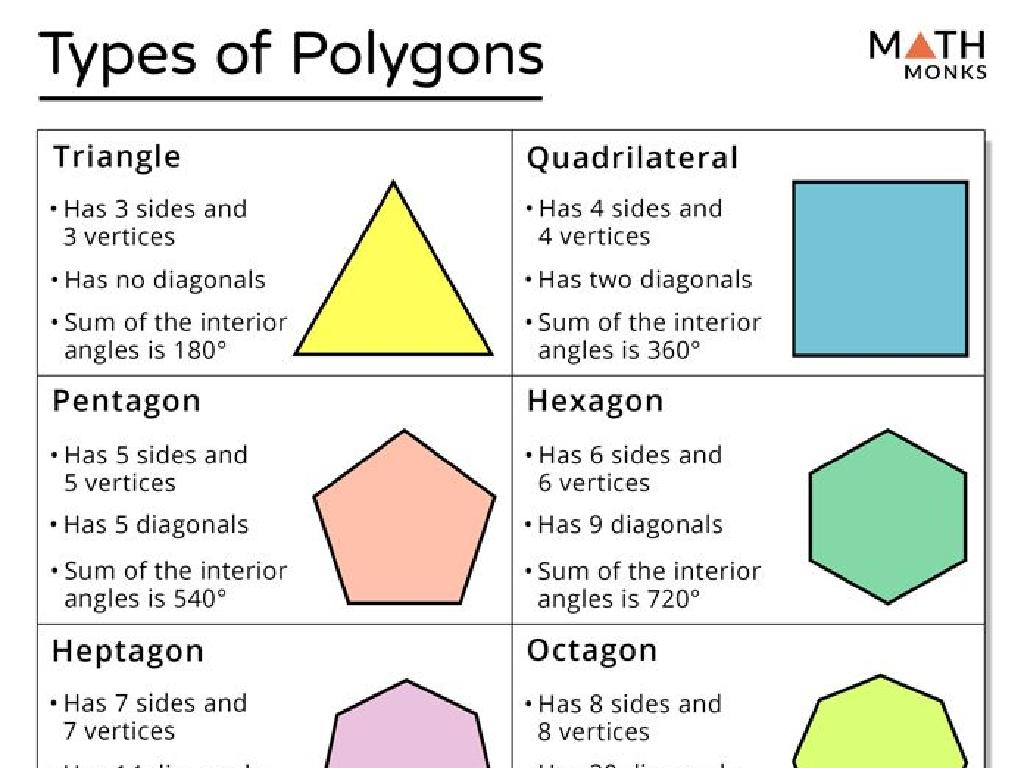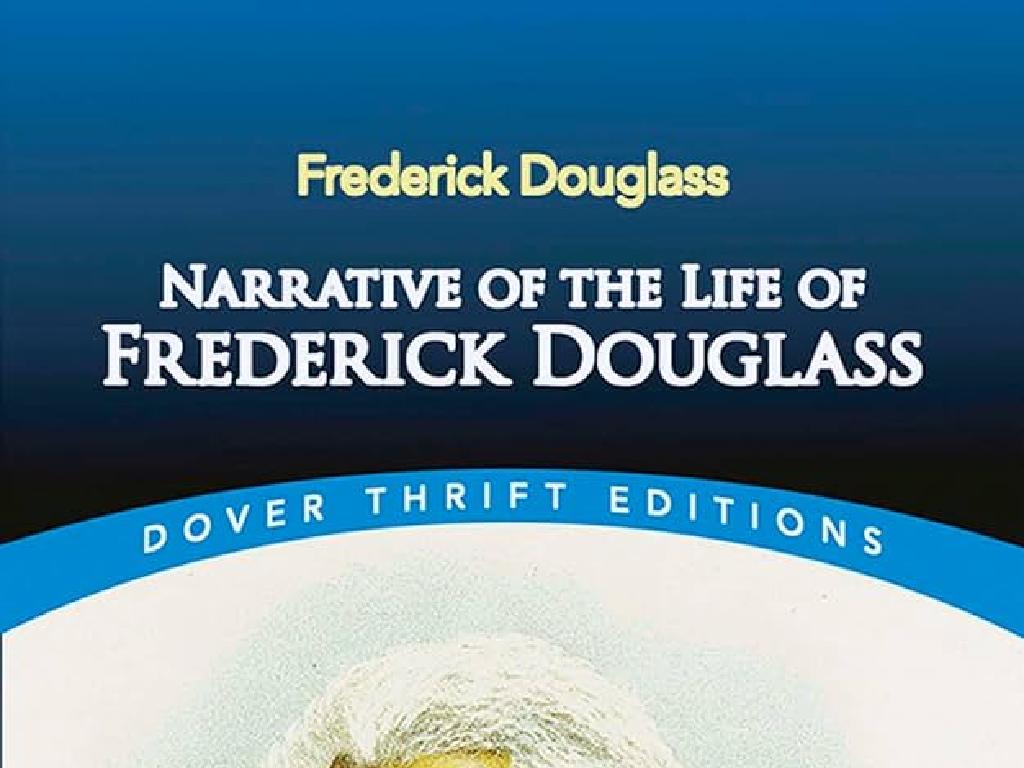Addition And Subtraction - Up To 20
Subject: Math
Grade: Second grade
Topic: Mixed Operations: One Digit
Please LOG IN to download the presentation. Access is available to registered users only.
View More Content
Welcome to Mixed Operations!
– Learn to add and subtract
– Combining numbers up to 20
– Example: 7 + 8 = 15
– Taking numbers apart
– Example: 16 – 5 = 11
– Practice makes perfect
|
Today’s lesson introduces the concept of mixed operations with a focus on addition and subtraction within the number range of 1 to 20. Start by explaining that adding is combining two or more numbers to make a new total, while subtracting is the process of taking one number away from another to find what’s left. Use visual aids like number lines or counters to help students visualize the process. Encourage students to practice with different combinations of numbers to become confident in their skills. By the end of the lesson, students should be able to perform basic addition and subtraction problems and understand the concepts of combining and separating numbers.
Understanding Addition
– Addition combines numbers
– Like stacking blocks, numbers stack up to make a bigger number.
– Sum gets larger with addition
– Example: Adding 5 and 3
– 5 plus 3 equals 8, which is more than 5 or 3 alone.
– Practice with class activity
– We’ll add numbers together as a group and see how they grow.
|
This slide introduces the concept of addition to second graders. Start by explaining that addition is like putting together pieces of a puzzle; each piece is a number, and when combined, they create a larger number. Emphasize that the result of addition, called the sum, is always bigger than the starting numbers. Use visual aids like counters or blocks to demonstrate 5 + 3, showing that when we combine 5 blocks with 3, we end up with 8 blocks in total. Engage the class with a hands-on activity where they can practice adding different pairs of numbers up to 20, ensuring they understand that addition is about combining quantities to find out how many there are altogether.
Let’s Practice Addition!
– Understanding addition with apples
– If you start with 2 apples and get 3 more, you now have 5 apples.
– Use fingers or counters to add
– Count on your fingers: start with 2 fingers, then add 3 more fingers.
– Practice time: Solve 4 + 5
– What do you get if you have 4 things and add 5 more?
|
This slide is designed to introduce students to the concept of addition in a tangible and relatable way. Using apples as an example helps to visualize the process of adding two numbers. Encourage students to use their fingers or counters as physical tools to aid in their understanding of addition. For the practice problem, guide them through the process of adding 4 and 5 together, ensuring they understand each step. Offer praise for effort and correct answers to build confidence. For students who finish quickly, provide additional problems to solve. This activity will help solidify the concept of addition up to 20.
Understanding Subtraction
– Subtraction means taking away
– Like when you have 5 apples and eat 2, you have 3 left.
– Numbers get smaller with subtraction
– Example: Subtracting 3 from 8
– 8 apples – 3 apples eaten = 5 apples left.
– Practice with different numbers
– Try 10 – 7 or 6 – 4 and see what you get!
|
This slide introduces the concept of subtraction to second graders. Subtraction is explained as the process of taking one number away from another, which results in a smaller number. Use everyday examples like apples to illustrate the concept. Show the class how to subtract using the example 8 – 3, and then encourage them to practice with different numbers to solidify their understanding. Make sure to provide visual aids, such as counters or drawings, to help them visualize the subtraction process. During the lesson, walk around the classroom to assist students who may need help and to ensure that they are grasping the concept.
Let’s Practice Subtraction!
– Understanding subtraction
– Example with candies
– If you start with 5 candies and eat 2, you have 3 left.
– Counting backwards method
– To subtract 2 from 5, count back: 5…4, 3. So, 5 – 2 = 3.
– Practice problem: 7 – 4
– Try solving 7 – 4 by counting back from 7.
|
This slide is aimed at helping second-grade students understand the concept of subtraction as ‘taking away’. Start with a relatable example, such as eating candies, to illustrate subtraction in a context they understand. Teach them the counting backwards strategy as a practical way to subtract numbers up to 20. For the practice problem, guide them to count backwards from 7 to find the answer to 7 – 4. Encourage students to use their fingers or number lines to count back. This activity will reinforce their understanding of subtraction and prepare them for more complex problems.
Understanding the Equals Sign
– Equals sign means ‘the same as’
– It’s like a balance scale
– Both sides of ‘=’ should balance
– Example: 4 + 1 = 5
– Adding 1 to 4 gives us 5, so they’re equal
– Example: 5 – 1 = 4
– Taking 1 from 5 leaves us with 4, they’re equal
|
The equals sign is a fundamental concept in mathematics, symbolizing balance and equivalence between two expressions. When teaching second graders, it’s crucial to use relatable analogies like a balance scale to help them visualize the concept. Use simple addition and subtraction examples to demonstrate how the equals sign connects two equal amounts. Encourage students to think of the equals sign as a statement of fact, not just an answer line. Provide hands-on activities with physical balance scales and blocks to reinforce the concept. Remember to validate their understanding by asking them to create their own equations using the equals sign.
Solving Word Problems: Addition & Subtraction
– Word problems are number stories
– Use addition or subtraction to solve
– Example: Sam’s balloons
– Sam started with 10 balloons, then 3 flew away
– Let’s solve it together!
– We’ll subtract: 10 balloons – 3 balloons = ?
|
This slide introduces students to the concept of word problems as stories that involve numbers. Emphasize that these problems can be solved using addition or subtraction, depending on what the story is asking. Use the example of Sam’s balloons to illustrate a subtraction problem. Walk through the problem with the class, showing them how to set up the equation and solve it step by step. Encourage students to visualize the story to better understand the problem. After explaining, ask students to solve similar problems in pairs or groups to reinforce the concept.
Class Activity: Math Scavenger Hunt
– Find classroom items to add or subtract
– Pair up and solve problems with items
– Use pencils, books, or blocks for counting
– Share your solutions with the class
– Explain how you got the answer
– Enjoy learning math with friends!
|
This interactive activity is designed to make learning addition and subtraction up to 20 fun and engaging for second graders. Students will work in pairs to find objects around the classroom that they can use for addition and subtraction problems. They might use pencils, erasers, or other small items to count and solve problems. After they have solved their problems, each pair will share their findings with the class, explaining how they added or subtracted the items to reach their answers. This activity encourages teamwork, problem-solving, and communication skills. As a teacher, prepare to facilitate by ensuring there are enough countable items in the classroom and by helping pairs who may struggle with the concept. Offer guidance on how to approach problem-solving and ensure a supportive environment where students feel comfortable sharing their answers.
Wrapping Up: Addition & Subtraction
– Excellent work on addition & subtraction!
– Practice makes perfect: do your homework
– Try the exercises to become a math whiz
– Exciting math operations coming up next!
– Keep practicing numbers up to 20
– Use toys or snacks to practice adding & subtracting
|
Today’s class focused on reinforcing the concepts of addition and subtraction with numbers up to 20. As we conclude, remind the students of the importance of practicing these skills at home through their homework. This will help solidify their understanding and prepare them for the next class, where we will introduce new and exciting math operations. Encourage them to use everyday items like toys or snacks to create their own addition and subtraction problems, making the learning process more interactive and enjoyable. For homework, provide a mix of addition and subtraction exercises and consider sending home manipulatives or visual aids for those who may need extra support.






